HVAC System Diagram: Everything You Need To Know
When the mercury begins to rise and sweat beads form on your forehead, nothing feels better than sitting in your air-conditioned home. Likewise, nothing causes with more frustration than the moment when your AC begins to blow hot air! When you need air conditioner repair, it’s good to have basic knowledge of how that cooling machine works.
If you’re among the nearly 100 million people who have air conditioning in the United States, you understand the frustration that a malfunctioning HVAC system causes.
If you understand an HVAC system diagram, you can better understand what’s going wrong when your vents begin to blast warm air.
Keep reading to learn everything you need to know about an HVAC system diagram.
What Is An HVAC System?
HVAC is the system in your home responsible for Heating, Ventilating, and Air Conditioning.
The term HVAC refers to any unit that can heat or cool. So this means everything from the big units outside of factories to the smaller unit outside your home all qualify as HVAC systems. Good HVAC systems use the science of thermodynamics, heat transfer, and fluid mechanics to work.
These are all fancy terms that mean the system will make the air warmer or cooler, creating a constant temperature inside your home.
The science of cooling air means more than just blowing more air around and creating a current. Instead, your HVAC system compresses air, making it warmer, and then expands it in your home to make it cooler than it originally was.
What Are the Components of an HVAC System?
An HVAC system consists of two different parts, the indoor and the outdoor components. When you walk by homes in your neighborhood or even by businesses in urban parts of the city, you’ll see a big box either behind the home or on top of the business. This is just one-half of the larger HVAC system.
The Air Conditioner Equipment
The outdoor component is the air conditioner equipment. It generally consists of the following components.
-
- Fan: The fan is the visible, loud part of the outside unit. It is a fan that you can see when you look down into the air conditioner box. It pulls outside air into the box, creating a current over and into the compressor.
- Compressor: The compressor is the machine inside the air conditioning box outside of your home.
This is a critical component of the AC that supplies air or other gas at increased pressure. It compresses the air that the fan pulls in from the outside of the unit.
- Condenser Coil: The condenser coil is inside the air conditioning box outside of your home. These coils cool or remove the heat from the refrigerant.
- Refrigerant Filled Tubing: This tubing goes from the outside of your home to the inside of your home. It circulates the refrigerant between the condenser coil and the indoor evaporator coil.
The external part of your HVAC pumps outside air into your home, but it does more than just create a current. It compresses the air, heats it, and then removes the heat as it forces it to the indoor unit.
Gas Forced Air Furnace Equipment
This is the unit you see inside your home in a utility room or your basement. It will look like a big box with a few different tubes or coils coming from it, and it consists of these parts.
- Evaporator Coil: This critical component sits on top of the box in your home. Your furnace blower will pass air across the coil, and the air will cool as it comes in contact with the cold coil. The heat will transfer from the warm air to the refrigerant.
- Blower: The blower creates the current of air that passes over the evaporator coil.
- Filter: The filter is a porous device that you, the homeowner, can replace or clean depending on the type of filter you have. Your outside air will have impurities in it. The filter removes the allergens and impurities as the air passes over it.
- Return Air Duct: You can find this duct in the rooms of your home. It carries air from that room to the mixing air duct. This duct will not blow air into your home, so it will look like a vent but does not have any air coming from it.
- Air Handling Unit: Your AHU is the name of the big box in the basement or utility room that houses the blower and heating or cooling units. It has the filter racks and chambers in it along with sound attenuators and dampers. It connects to the ductwork that runs throughout your home.
- Air Supply Duct: These are the vast network of ducts that carry conditioned air from the ASU to the rooms in your home.
All of these components work together seamlessly to create a stable temperature in your home.
How Does An HVAC System Work?
So how do these parts work together? What is the process that takes warm air and turns it cold or vise versa?
Central Cooling
If you have a split system, you will have a central cooling and a central heating unit. The central cooling unit works like this:
- First, warm air blows across the indoor evaporator coil.
- The heat energy then transfers to the refrigerant inside the coil. This transfer cools the air that passes across the coil.
- The unit then pumps the refrigerant from the evaporator coil back into the compressor and continues to repeat the cycle.
- The heat absorbed by the refrigerant goes outside the home, and the unit blows the cold air inside the home.
- The moisture is condensed out of the air, and the result is cool, dry air in your home.
Central Heating
Central heating does not have quite the same finesse or magic of central cooling units, but they still play an important role in your HVAC system.
- Inside your furnace, combustion gasses light up in your furnace and pass through the heat exchanger.
- The air from your home blows across the heat exchanger and is warmed.
- Your furnace fan blows warm air through a system of ducts in your home.
Why Understand the HVAC System Diagram?
When you understand what an HVAC system diagram looks like and how your HVAC runs, you can make informed decisions like how to know it is time to replace your old unit.
If you think your HVAC needs service, we can help. Request a new system quote or schedule a repair. We can keep your temperature steady.
Table of Contents
More Articles
Categories
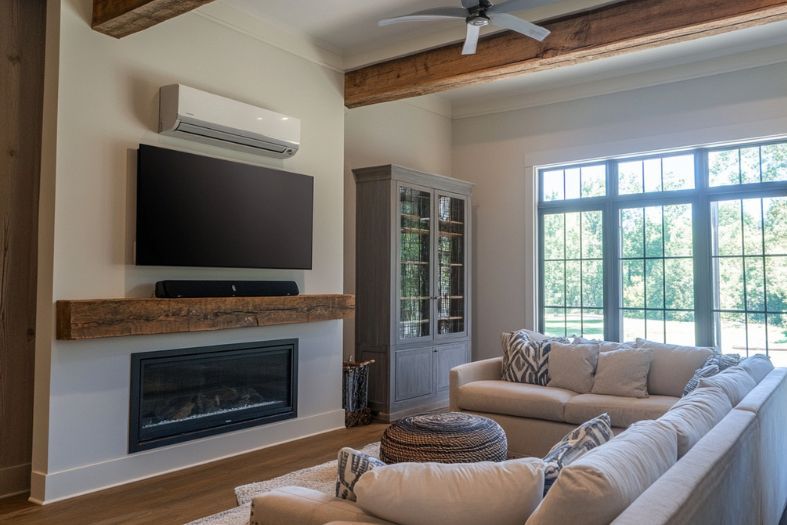
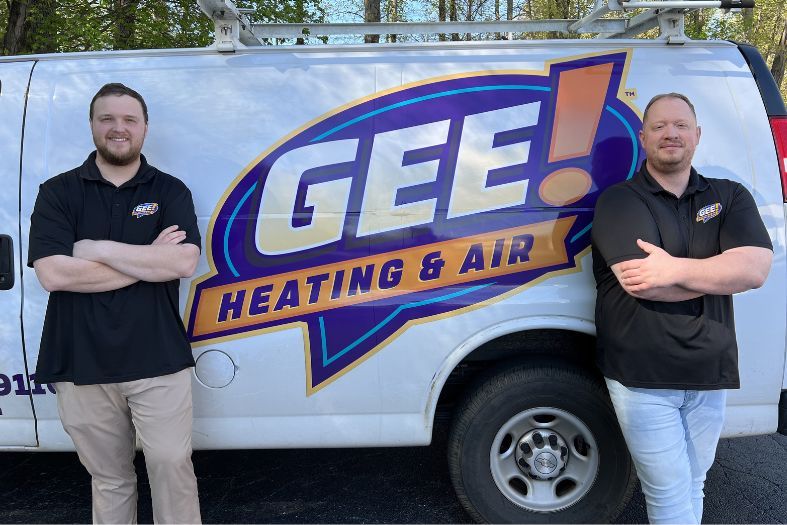
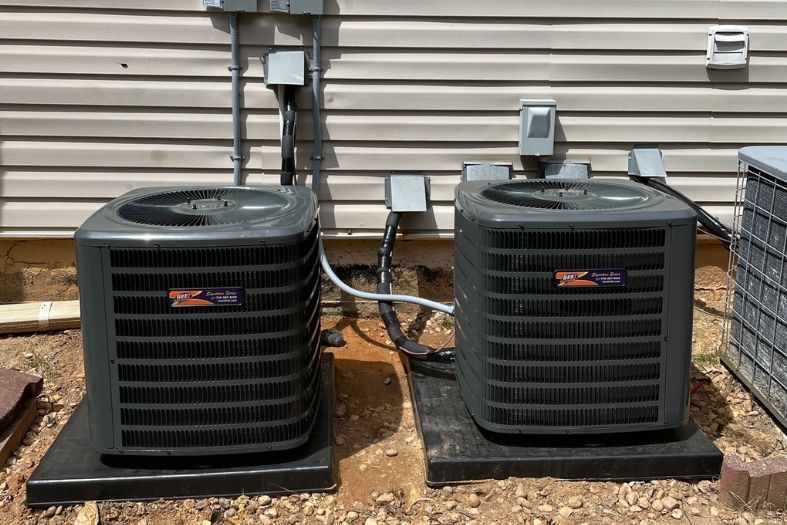
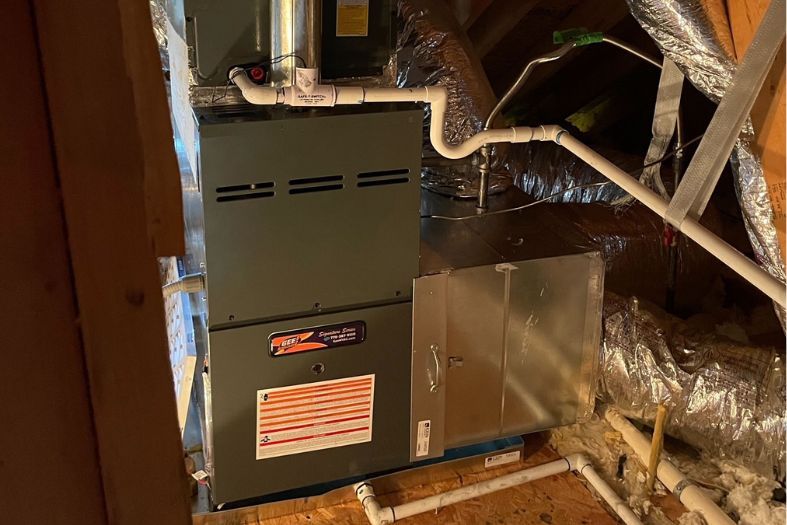
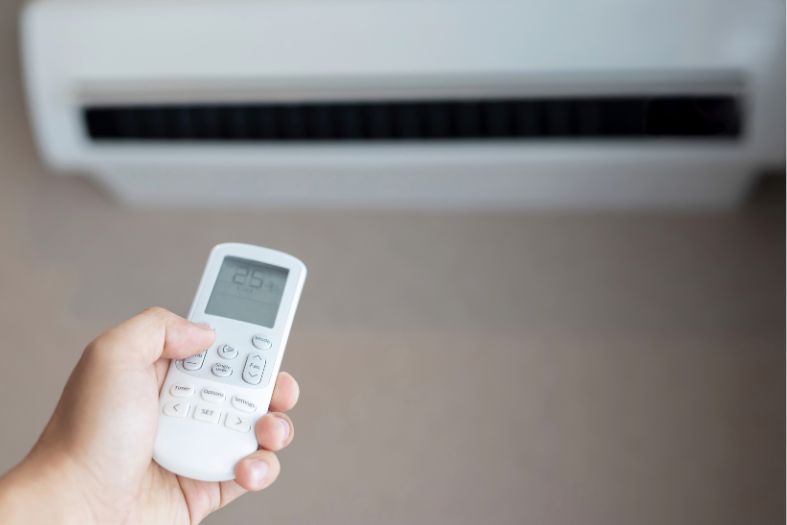
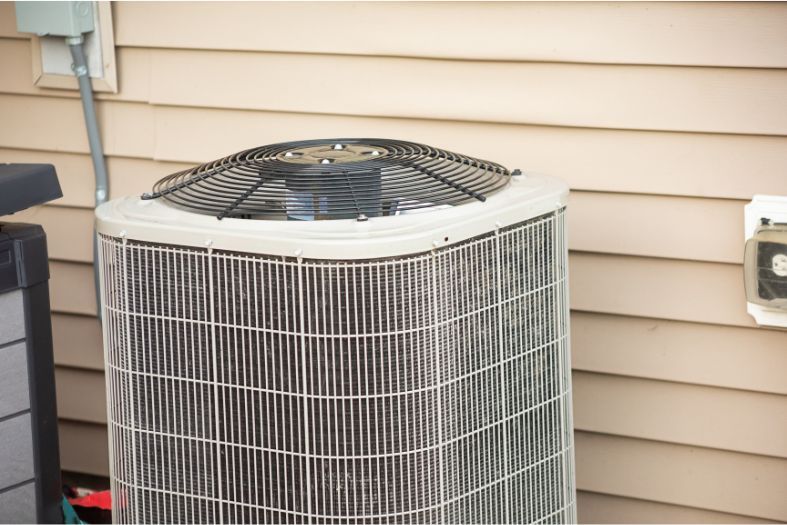
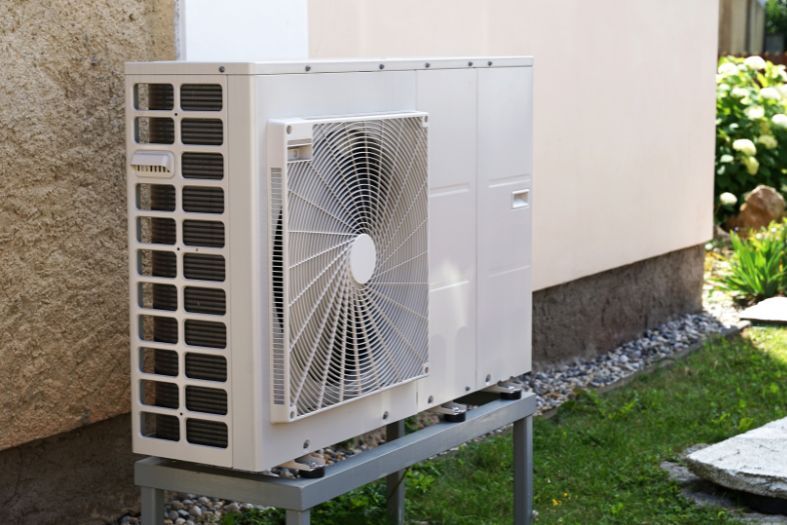
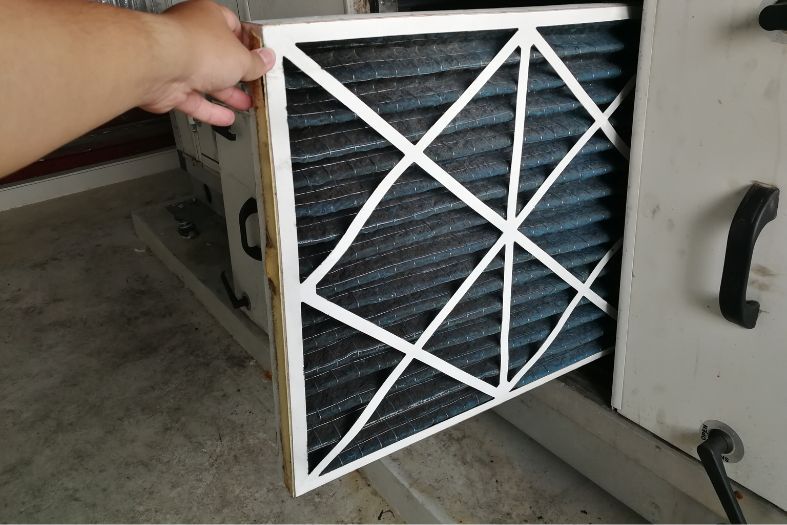
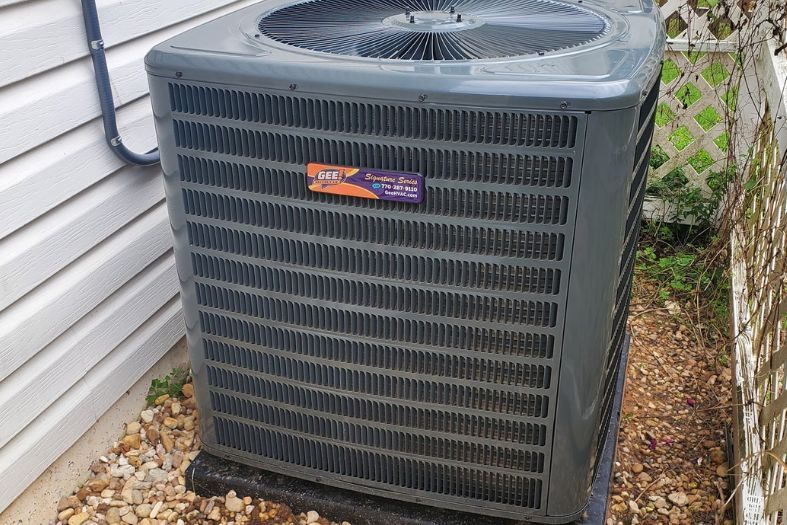
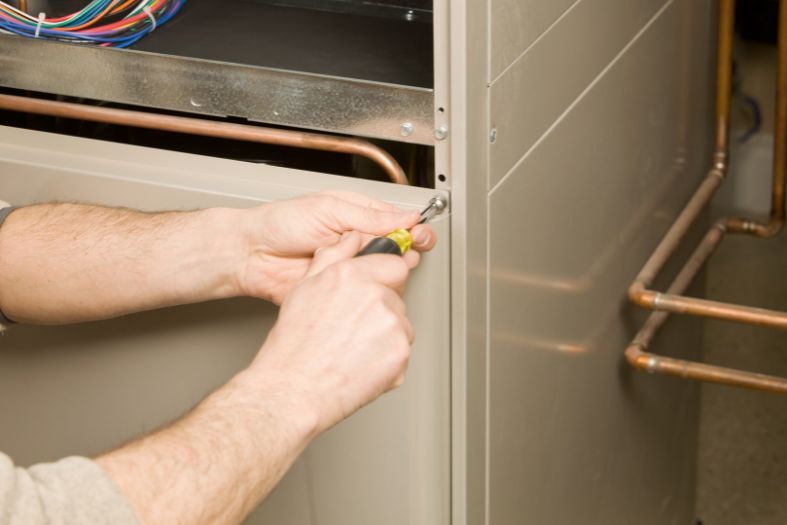
Leave a Reply